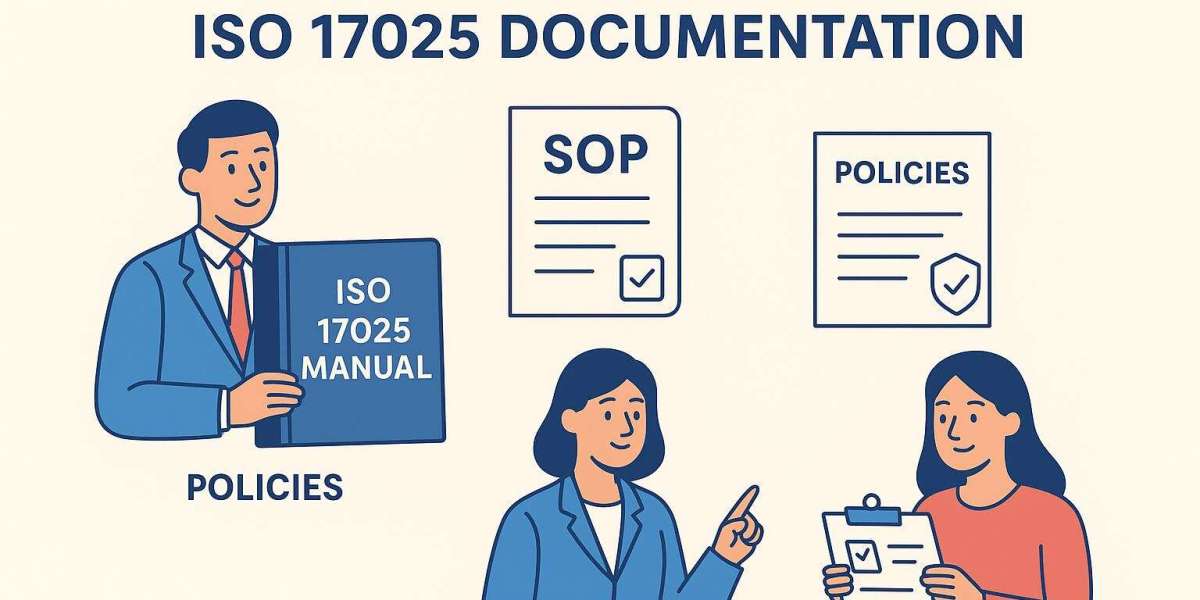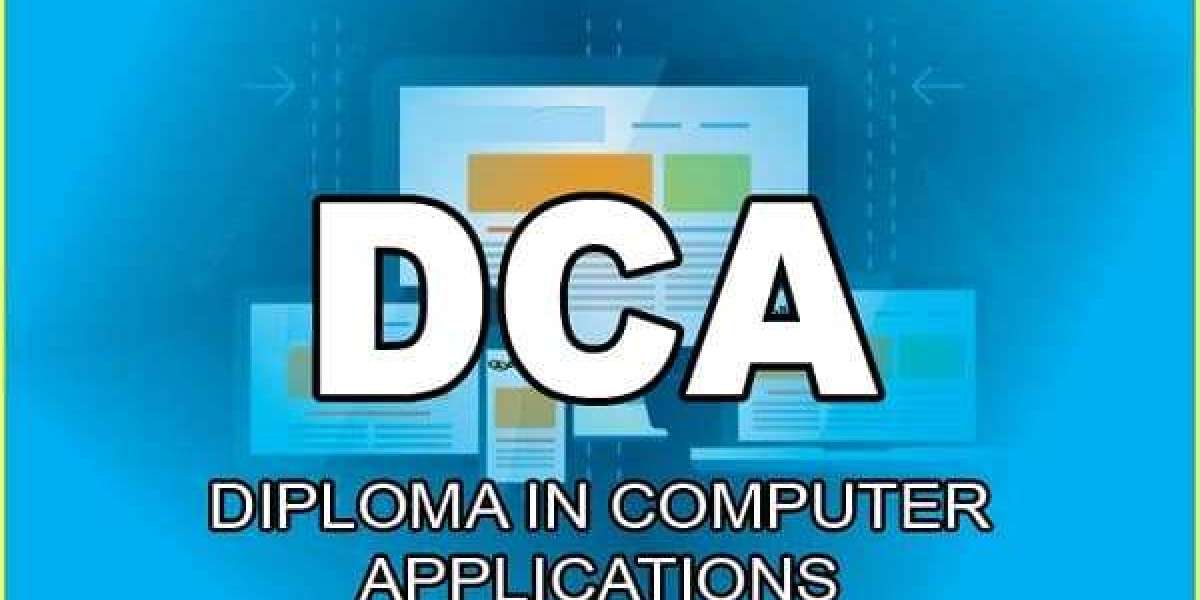In today’s highly competitive world of testing and calibration, laboratories need more than technical skills to prove their reliability and competence. They must also demonstrate compliance with internationally recognized standards. The most widely accepted benchmark for laboratories is ISO/IEC 17025, which specifies general requirements for competence in testing and calibration activities. A crucial element of this standard is documentation. Without well-prepared and properly managed documents, no laboratory can achieve or maintain accreditation.
This article explores the key requirements of ISO 17025 documentation, highlighting its importance, structure, and best practices.
Why ISO 17025 Documentation is Important
ISO 17025 documents are not just paperwork—they are the backbone of a laboratory’s quality management system. They provide evidence of compliance, ensure consistency in operations, and create transparency for auditors and clients. Proper documentation also reduces errors, improves traceability, and strengthens customer confidence.
The iso 17025 manual, procedures, policies, and records together ensure that laboratory staff know what needs to be done, how it should be done, and how results must be recorded. In short, documents make the difference between a well-functioning lab and one prone to mistakes or audit failures.
Core Components of ISO 17025 Documents
To comply with ISO 17025, a laboratory must develop, implement, and maintain a range of documents. While the exact set of documents may differ depending on the size and type of laboratory, the following are the key requirements:
- ISO 17025 Quality Manual
- The ISO 17025 editable manual is the highest-level document in the laboratory’s quality system.
- It outlines the scope of activities, quality policies, and the overall structure of the management system.
- The manual serves as a reference point for all procedures, instructions, and records.
- Policies
- Policies define the laboratory’s commitment to impartiality, confidentiality, competence, and quality.
- For example, a policy on impartiality ensures that laboratory staff perform testing without bias or external influence.
- Standard Operating Procedures (SOPs)
- SOPs provide detailed instructions on how to carry out specific testing, calibration, and administrative tasks.
- They ensure consistency across staff members, reduce variability, and enhance reliability of results.
- Work Instructions
- Work instructions are more detailed than SOPs and may include step-by-step guidelines for operating specific instruments or handling samples.
- These documents are critical for training new employees and minimizing human error.
- Forms and Records
- Records provide evidence that procedures have been followed correctly.
- Common records include calibration certificates, equipment maintenance logs, proficiency testing results, and customer feedback reports.
- Proper record-keeping ensures traceability and accountability.
- Technical Documentation
- Technical requirements include measurement uncertainty, method validation, and traceability of calibration.
- These documents demonstrate the scientific and technical competence of the laboratory.
Document Control Requirements
One of the most critical aspects of ISO 17025 complete documentation is document control. The standard requires that all iso 17025 documents are:
- Approved before issue – Only authorized personnel can release documents.
- Regularly reviewed and updated – Outdated versions must be withdrawn to avoid confusion.
- Accessible to staff – Documents must be available at points of use so employees can easily follow them.
- Version-controlled – Changes should be tracked to ensure traceability of revisions.
- Retained for audit purposes – Records must be archived for a specified duration to meet regulatory and customer requirements.
Effective document control ensures that the laboratory always works with current, accurate, and reliable information.
Best Practices for ISO 17025 Documentation
To meet the standard and build a robust documentation system, laboratories should follow these best practices:
- Keep documents clear and concise: Overly complex documents can confuse staff and lead to nonconformities.
- Use templates: Standardized formats improve consistency across the laboratory’s iso 17025 documents.
- Train staff: Employees must understand how to use the iso 17025 manual, SOPs, and records effectively.
- Go digital: Modern laboratories benefit from electronic document management systems, which simplify version control, approvals, and accessibility.
- Audit regularly: Internal audits help identify gaps in documentation before external assessors do.
Conclusion
ISO 17025 documentation is more than a compliance requirement—it is the foundation of a laboratory’s credibility and competence. From the iso 17025 manual and policies to SOPs, technical records, and control procedures, every document plays a vital role in ensuring accurate, reliable, and traceable results.



